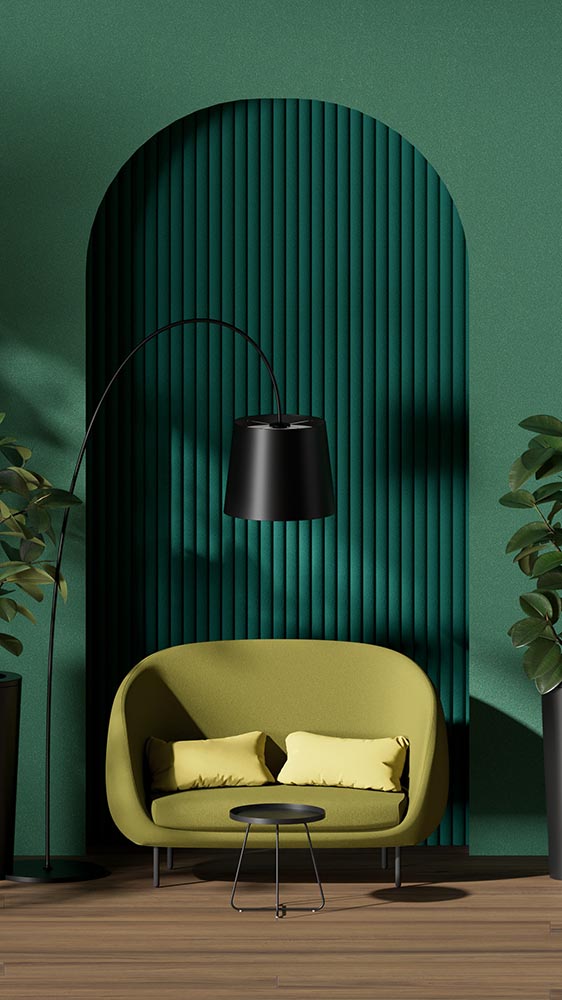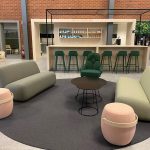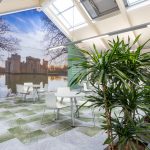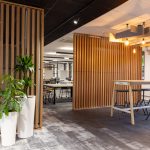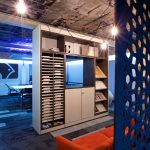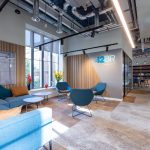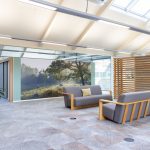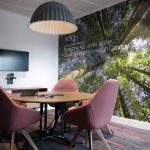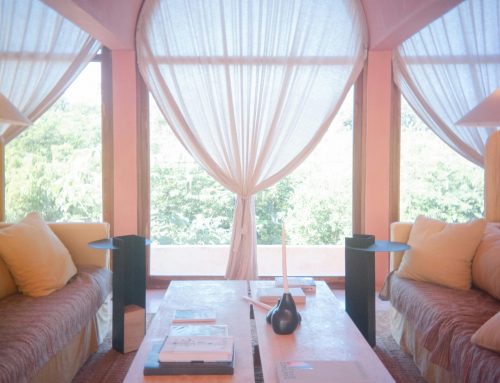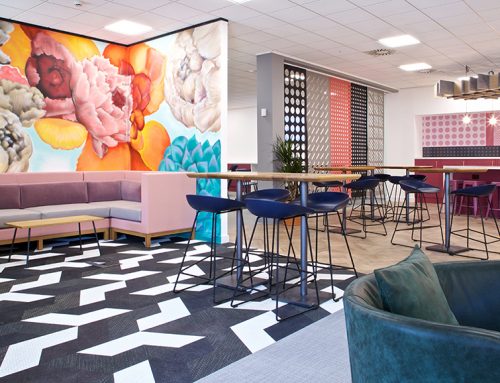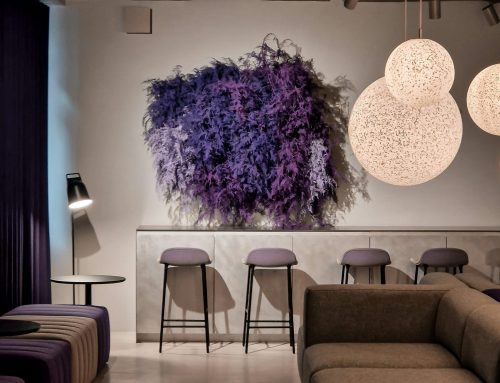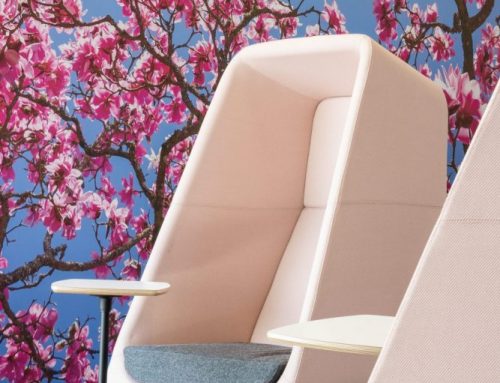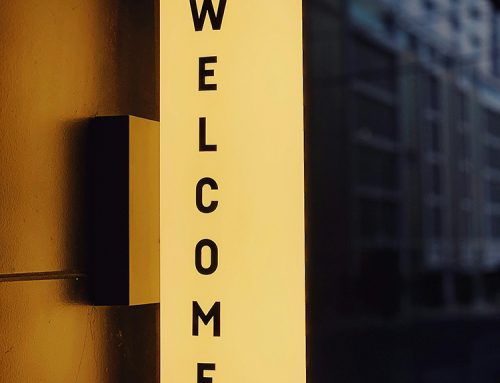February Flexibility is our Wylde blog topic for the new month! In the ever-evolving landscape of modern workplaces, the design ethos has (thankfully) undergone a significant shift toward flexibility, a trend that is set to dominate the interior design scene in 2024. We bid farewell to rigid structures and welcome a more dynamic approach as the emphasis on adaptable spaces has become paramount. Flexible design not only responds to the diverse needs of today’s workforce but also reflects a deeper understanding of the evolving nature of work itself. (See last week’s post – The New-Age Workplace Strategy)
Gone are the days of fixed workstations and monotonous cubicles. The modern workplace is all about versatility, where interiors seamlessly transform to accommodate various tasks, foster collaboration, and promote employee well-being. One of the key elements driving this trend is the acknowledgment that work is no longer confined to a single static environment. With the rise of remote and hybrid work models, companies should be embracing fluidity in design to support a diverse range of activities.
Colour palettes in flexible designs are curated to inspire creativity, productivity, and relaxation. A harmonious blend of calming neutrals and vibrant pops of colour creates an environment that adapts to the varying moods and work styles of individuals. Furniture, too, takes on a modular and multi-functional character, allowing for easy reconfiguration to meet the evolving needs of the space. From collaborative pods that encourage impromptu meetings to private nooks for focused work, flexibility is the key to fostering a dynamic and engaging workplace.
Technological integration plays a pivotal role in shaping flexible design. Smart office solutions enable employees to control lighting, temperature, and even desk configurations through mobile apps, fostering a sense of autonomy and personalisation. This not only enhances the overall user experience but also reflects a commitment to creating a tech-savvy and forward-thinking workspace.
Beyond the aesthetic and functional aspects, flexible design is proving to be a catalyst for increased employee satisfaction and well-being. The adaptability of the workspace allows individuals to choose environments that suit their task at hand, promoting a healthier work-life balance. Moreover, the emphasis on natural light, greenery, and ergonomic furniture contributes to a positive and conducive work environment, elevating both physical and mental well-being.
Flexible design is not just a trend; it’s a paradigm shift in how we approach workplace interiors. By embracing adaptability, companies are not only future-proofing their spaces but also acknowledging the diverse and ever-changing needs of their workforce.
Check out some of our spaces designed with flexibility in mind!
- SECO
- Dairy Studios

